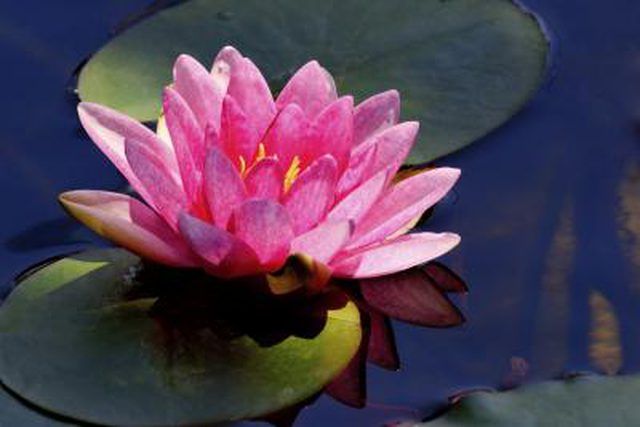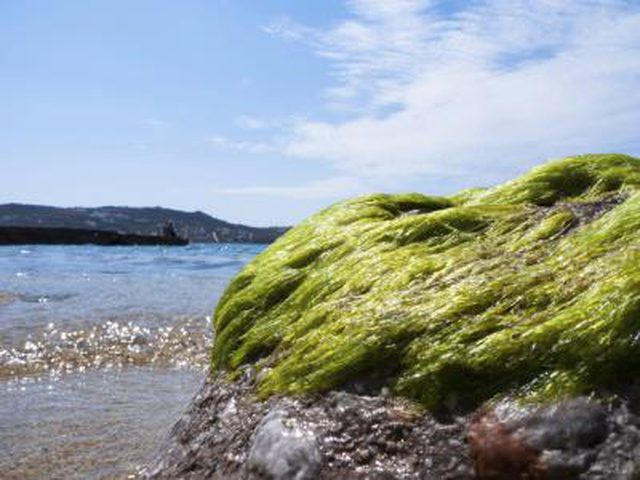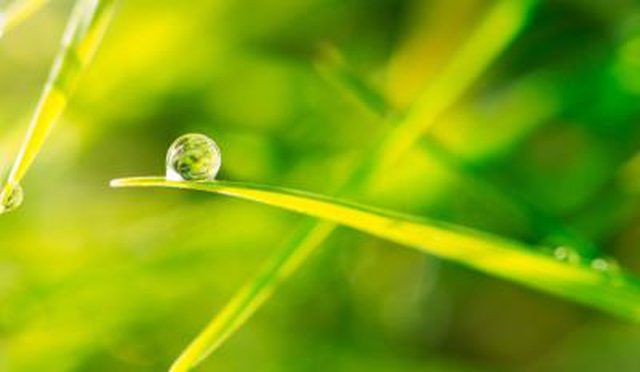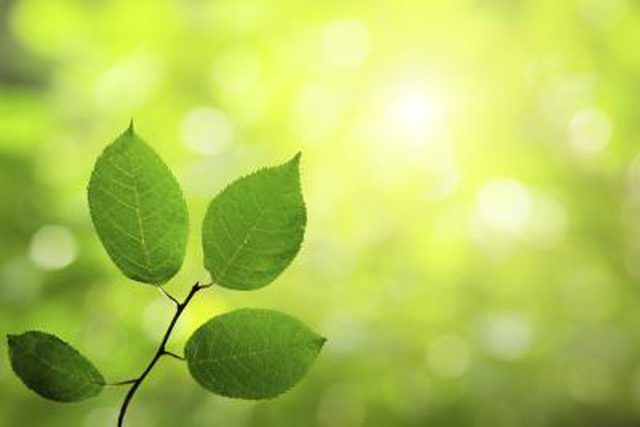Bulbs
Flower Basics
Flower Beds & Specialty Gardens
Flower Garden
Garden Furniture
Garden Gnomes
Garden Seeds
Garden Sheds
Garden Statues
Garden Tools & Supplies
Gardening Basics
Green & Organic
Groundcovers & Vines
Growing Annuals
Growing Basil
Growing Beans
Growing Berries
Growing Blueberries
Growing Cactus
Growing Corn
Growing Cotton
Growing Edibles
Growing Flowers
Growing Garlic
Growing Grapes
Growing Grass
Growing Herbs
Growing Jasmine
Growing Mint
Growing Mushrooms
Orchids
Growing Peanuts
Growing Perennials
Growing Plants
Growing Rosemary
Growing Roses
Growing Strawberries
Growing Sunflowers
Growing Thyme
Growing Tomatoes
Growing Tulips
Growing Vegetables
Herb Basics
Herb Garden
Indoor Growing
Landscaping Basics
Landscaping Patios
Landscaping Plants
Landscaping Shrubs
Landscaping Trees
Landscaping Walks & Pathways
Lawn Basics
Lawn Maintenance
Lawn Mowers
Lawn Ornaments
Lawn Planting
Lawn Tools
Outdoor Growing
Overall Landscape Planning
Pests, Weeds & Problems
Plant Basics
Rock Garden
Rose Garden
Shrubs
Soil
Specialty Gardens
Trees
Vegetable Garden
Yard Maintenance
What Is Anoxygenic Photosynthesis?
What Is Anoxygenic Photosynthesis?. The sun is the primary source of energy for all life. Plants, algae and some bacteria utilize the light energy from the sun during photosynthesis. Photosynthesis is the physico-chemical process by which plants use this light energy to synthesize (or produce) organic compounds. There are two types of...
The sun is the primary source of energy for all life. Plants, algae and some bacteria utilize the light energy from the sun during photosynthesis. Photosynthesis is the physico-chemical process by which plants use this light energy to synthesize (or produce) organic compounds. There are two types of photosynthesis: oxygenic photosynthesis and anoxygenic photosynthesis.

Oxygenic photosynthesis is the process used by plants, algae and some photosynthetic bacteria. During this process carbon dioxide is reduced to a carbohydrate and electrons are removed from water, releasing oxygen into the air.
Anoxygenic photosynthesis is performed by specialized bacteria. During this process the light energy is used to remove electrons from other sources, not water. These sources include hydrogen gas, hydrogen sulfide and iron compounds. Therefore instead of releasing oxygen, other compounds such as sulfur are released during this process.

Bacteria are the only organisms that use anoxygenic photosynthesis. There are four types of bacteria which perform this process: Purple Bacteria, Green Sulphur Bacteria, Green Sliding Bacteria and Gram Positive Bacteria.
Most of the bacteria that perform anoxygenic photosynthesis survive in environments where oxygen is in low supply. For example, the purple sulfur bacteria need hydrogen sulfide and light to grow. As a result, they only grow in mud and stagnant water.

Anoxygenic photosynthesis works in a similar way to oxygenic photosynthesis. The reaction centers of the bacteria cannot extract electrons (the negative particles) from water, but instead oxidize (meaning take electrons from) inorganic or organic molecules available from their environment.
Anoxygenic photosynthetic bacteria use bacteriochlorophyll, which is similar to chlorophyll, to capture the light energy. This bacteriochlorophyll works at the reaction center to extract the electrons from the environmental compounds. This electron transfer drives the phosphorylation (the addition of a phosphate group) of the enzyme ATP synthase and provides the energy needed for the reduction of the carbon dioxide (which means it accepts electrons).

Those bacteria that perform anoxygenic photosynthesis are thought to be the organisms that once dominated the biosphere. Long ago the earth's atmosphere was full of hydrogen, irons and sulfides. The anaerobic organisms (those that do not need oxygen to grow) were able to survive and thrive. Through the process of evolution, aerobic organisms (those that need oxygen to grow) began to dominate the biosphere. The plants and bacteria that use oxygenic photosynthesis helped to create the oxygen rich atmosphere of today.

Bacteria that perform anoxygenic photosynthesis have an advantage since they have the ability to utilize the energy from sunlight to synthesize organic compounds, even in the absence of oxygen. Even though scientists have known about these bacteria for centuries, scientists have shown greater interest in recent years. Their metabolic versatility offers potential for various biotechnological applications and could prove to be useful in industrial applications.
For example, the purple sulfur bacteria could be useful in the purification of sulfide waste. The purple non-sulfur bacteria are thermophilic, meaning they thrive in high heat, and could aid in producing thermotolerant enzymes like proteases.
